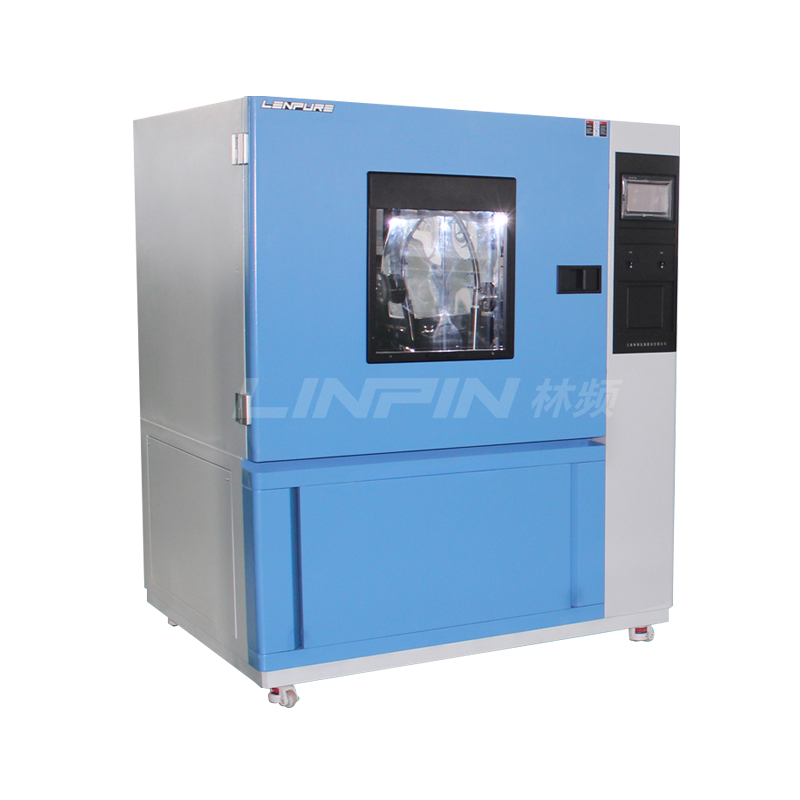

Different industries use rain test chambers for various testing purposes. What are these specific applications? Today, we’ll discuss them and also explore the installation requirements for such equipment.
The primary testing purposes of rain test chambers include the following three points:
① Testing the effectiveness of equipment packaging: Evaluating the performance of protective covers, sealing gaskets, enclosures, and other packaging components in preventing water ingress into the equipment.
② Assessing physical damage to test samples in rain-exposed environments: Examining whether prolonged exposure to water alters the performance of the objects.
③ Evaluating the effectiveness of water drainage devices: The equipment can also be used to test the functionality of water removal systems.

After sharing the testing applications, let’s look at the installation requirements:
① Quality requirements for electrical components: The grade of components must exceed general standards.
② Sealing of external and workspace connections: There should be no air leakage or temperature leakage.
③ Durability of rubber components: Sealing strips, gaskets, and other rubber parts must maintain their physical properties over long-term testing.
④ Electrical safety: The electrical components must be waterproof, leak-proof, moisture-resistant, and damp-proof to enhance safety and prevent accidents like electric shocks.
⑤ Rust resistance of surfaces exposed to water: The surfaces in contact with rainwater must be rust-resistant, and both exposed and non-exposed areas must be sealed to prevent leakage and penetration.
The above provides an introduction to the applications and installation conditions of rain test chambers. We hope this information assists in your daily learning and equipment maintenance. As a manufacturer of testing equipment, our company supplies numerous testing devices to clients across different regions annually, along with technical support services. Customers interested in purchasing equipment can consult our online customer service. Our technical team will design and provide solutions tailored to your specific needs. Currently, we have collaborated with many clients to create benchmark projects, and we welcome on-site visits and case inspections.